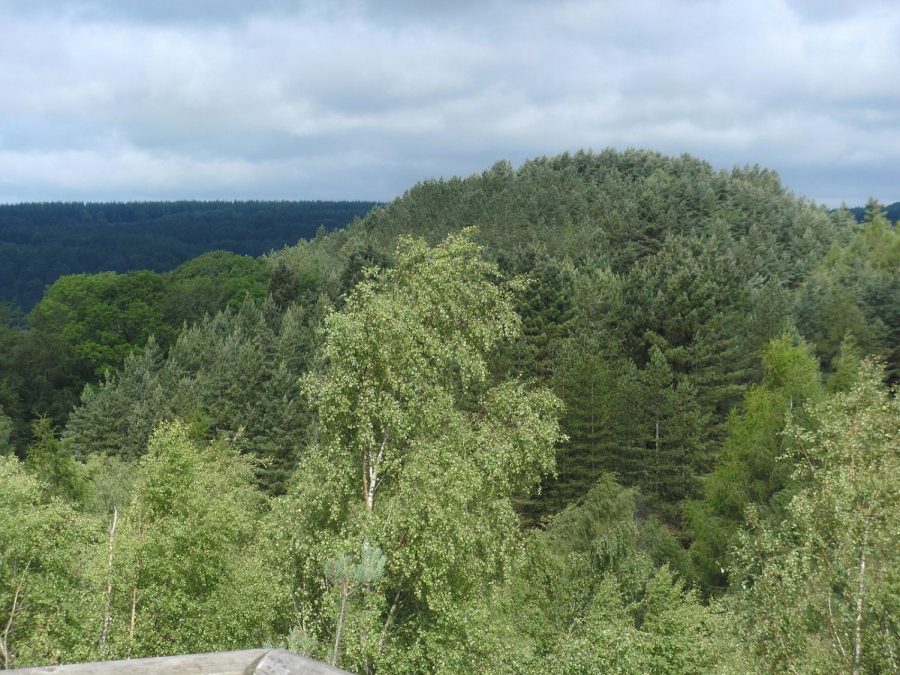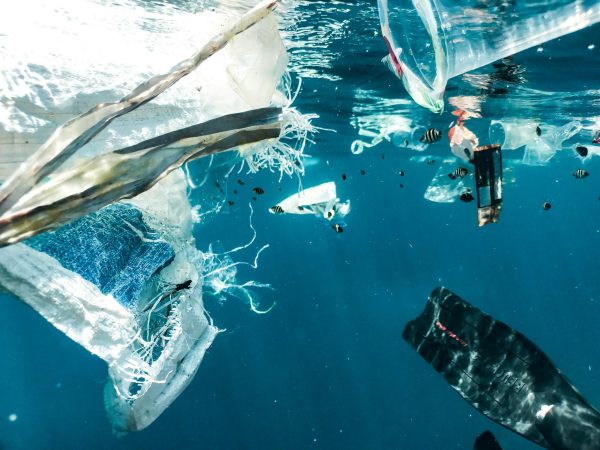Phytoremediation – The Future for a Green Planet?
Phytoremediation could be the scientific breakthrough that the world needed to keep our planet alive. Phytoremediation can be defined as a method for cleaning soil by removing metal contaminants, such as nickel and copper. This may not seem extraordinary, but the method in which this is done is quite fascinating: Plants are planted in the soil and are left to grow. After some time, they can be removed and they will have absorbed some of the contamination from the soil.
Even though this phenomenon can occur in most plants, there are plants that are more efficient than others at cleansing the soil. The most effective genus is the ‘brassica’ genus, which includes honey mustard, black mustard, and Mediterranean cabbage. These plants are effective at absorbing these materials, since they tend to have a higher water usage, and therefore also root length, as compared to other plants. Additionally, these plants grow quite quickly and are able to resist having toxins in their system. This means that the plant will not die when planted in this chemical rich soil and that it will quickly start absorbing the chemicals, making it quite efficient. The process of phytoremediation is also perfectly green and does not damage the environment in any way, as the plants don’t interfere with the environment and don’t produce any harmful waste products. If these plants are found to be able to do this, where could they be used?
The most contaminated soil comes from mining. This soil, called a spoil heap, which is just discarded near the entrance of the mine, is heavily contaminated with heavy metals, such as copper, nickel, and zinc. These metals don’t allow most common plants to grow on that soil, and as the soil has already been stripped of its nutrients and materials, it is completely useless to nature. This is where phytoremediation comes in. One can easily plant seeds in this spoil heap and just let them grow. Not only does this make the heap look prettier, as it is now covered in plants and flowers as compared to a barren soil, but it also removes these heavy metals from the soil. This means that it can be reintegrated into nature by only adding a few nutrients back into it.
What does this process mean for the future? Perfecting the method and materials for phytoremediation is still a work in progress, but in the future, this might be the best method that humanity has to “cure” these spoil heaps. Not only does this mean that mining will no longer be toxic and destroy habitats, but also that we can easily clean the planet with some simple plants. In the future, we might find other methods to complement phytoremediation, such as finding a use for the plants and flowers with heavy metals inside them. Additionally, we could not only clean spoil heaps, but also clean areas around extremely polluted cities or near waste disposal centers.
In conclusion, phytoremediation is a process in which plants can absorb contaminants in the soil and therefore clean it. At the moment it is still not perfect, but in the future, we could easily improve our methods and materials. Additionally, we could also find a solution to the plants used in the process, that is now unusable, as they are full of heavy metals. Will this be the solution to a better planet? We will just have to wait and find out.





